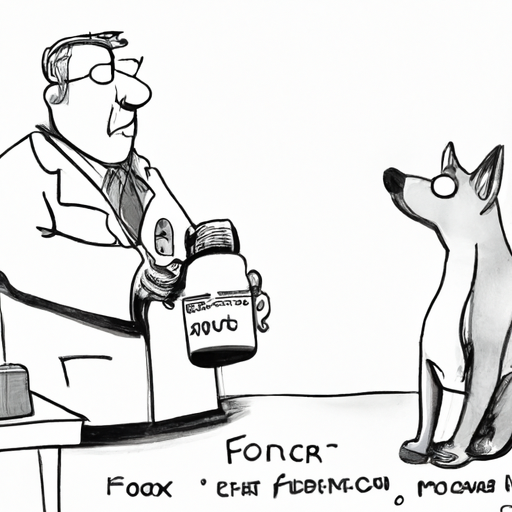As a caregiver, you naturally want to provide the best care possible for your furry friend. One drug you may encounter in your role as a canine guardian is enrofloxacin. In this comprehensive guide, we’ll delve into the world of canine medication, specifically focusing on enrofloxacin.
Understanding Enrofloxacin
Enrofloxacin is a type of antibiotic that falls under the class of fluoroquinolones. It’s primarily used in veterinary medicine to combat bacterial infections in animals, including dogs.
Here are some key facts about enrofloxacin:
- It’s a broad-spectrum antibiotic.
- It’s primarily used to treat bacterial infections.
- It’s not recommended for use in small, young, or growing dogs.
The Use of Enrofloxacin in Dogs
Enrofloxacin is administered to dogs to treat a variety of bacterial infections, such as:
- Urinary tract infections
- Skin infections
- Respiratory infections
- Gastrointestinal infections
It’s also utilized in treating infections caused by organisms like E. coli, Staphylococcus, Streptococcus, and Pseudomonas aeruginosa.
Side Effects of Enrofloxacin
As with any medication, enrofloxacin may also cause side effects in dogs. Some of the common side effects include:
- Diarrhea
- Vomiting
- Loss of appetite
- Lethargy
While these side effects are typically mild and temporary, severe side effects can also occur. If your dog exhibits signs of severe side effects such as depression, seizures, or allergic reactions, you should seek veterinary attention immediately.
Dosage and Administration
Enrofloxacin is available in tablet form and as an injectable solution. The dosage is typically determined by the dog’s weight and the severity of the infection.
| Weight of Dog (in pounds) | Dosage of Enrofloxacin (in mg) |
|---|---|
| 5 | 25 |
| 10 | 50 |
| 20 | 100 |
| 40 | 200 |
The medication should be given with food to reduce gastrointestinal side effects. Always follow your vet’s instructions regarding dosage and administration.
Precautions and Contraindications
Enrofloxacin should be used with caution in dogs with a history of seizures. It should not be used in puppies under the age of 8 months, as it can affect the growth of cartilage. It’s also not recommended for use in pregnant or lactating dogs.
Frequently Asked Questions
Q: Can I use enrofloxacin on my puppy?
A: Enrofloxacin is not recommended for puppies under 8 months of age due to potential cartilage abnormalities.
Q: How long does it take for enrofloxacin to work?
A: Improvement can generally be noticed within a few days of starting the medication. However, it’s important to continue the medication for the full duration prescribed by your vet, even if the symptoms seem to have disappeared.
Q: Can I use enrofloxacin if my dog is pregnant?
A: Enrofloxacin should not be used in pregnant or lactating dogs. If your dog is pregnant or nursing, speak to your vet about alternative treatments.
Q: What should I do if my dog has an adverse reaction to enrofloxacin?
A: If your dog exhibits severe side effects such as depression, seizures, or allergic reactions, seek immediate veterinary attention.
Q: Can I give my dog enrofloxacin with food?
A: Yes, it’s recommended to give enrofloxacin with food to reduce gastrointestinal side effects.
Being informed about the medications your dog is prescribed is a crucial aspect of being a responsible caregiver. Understanding enrofloxacin can help you provide better care for your furry friend and ensure they receive appropriate treatment when needed.



